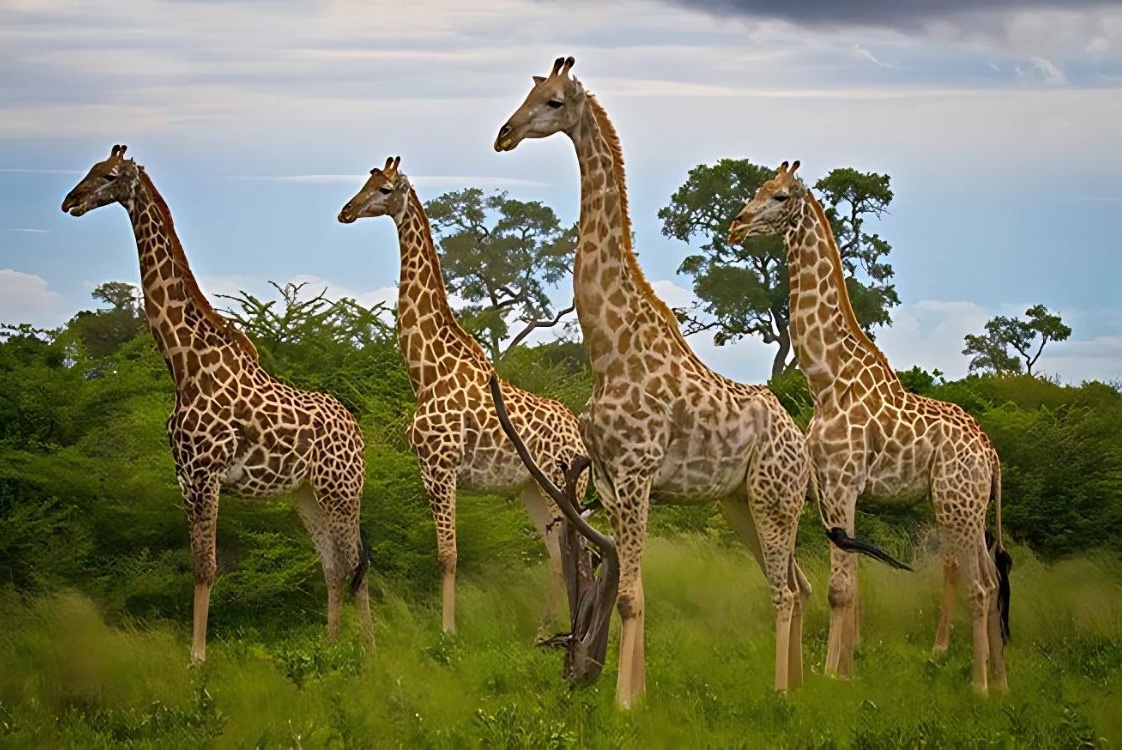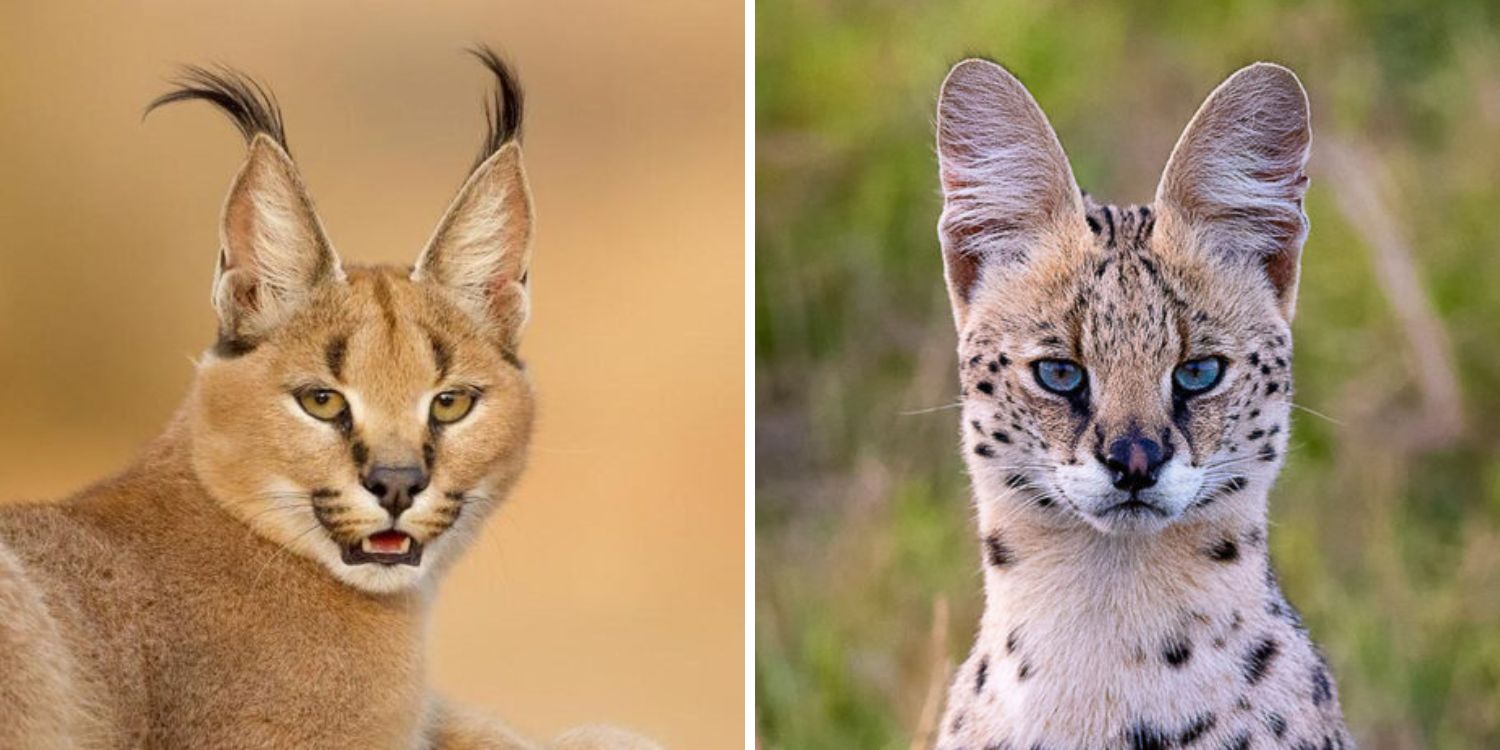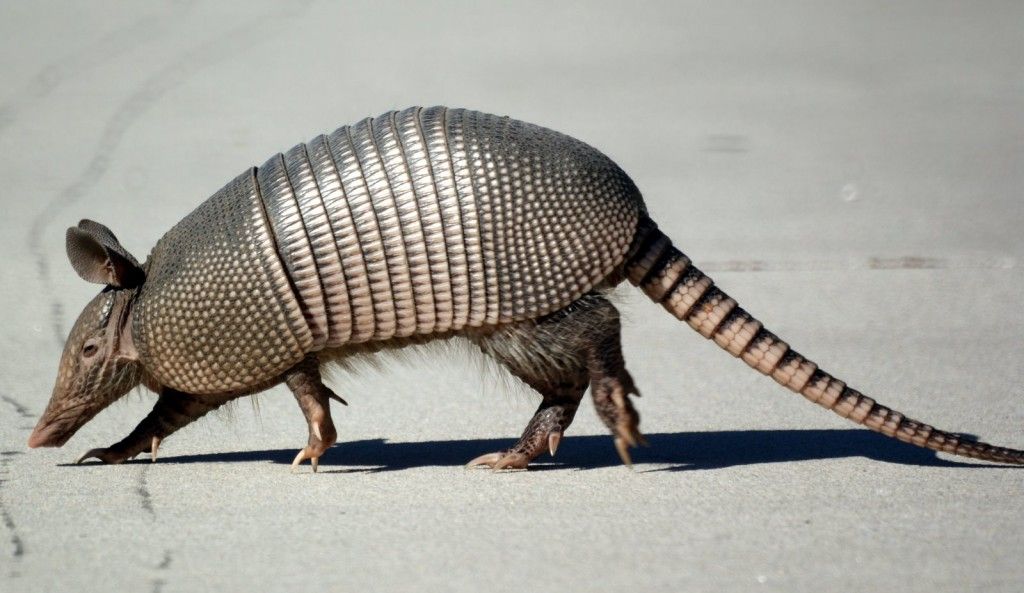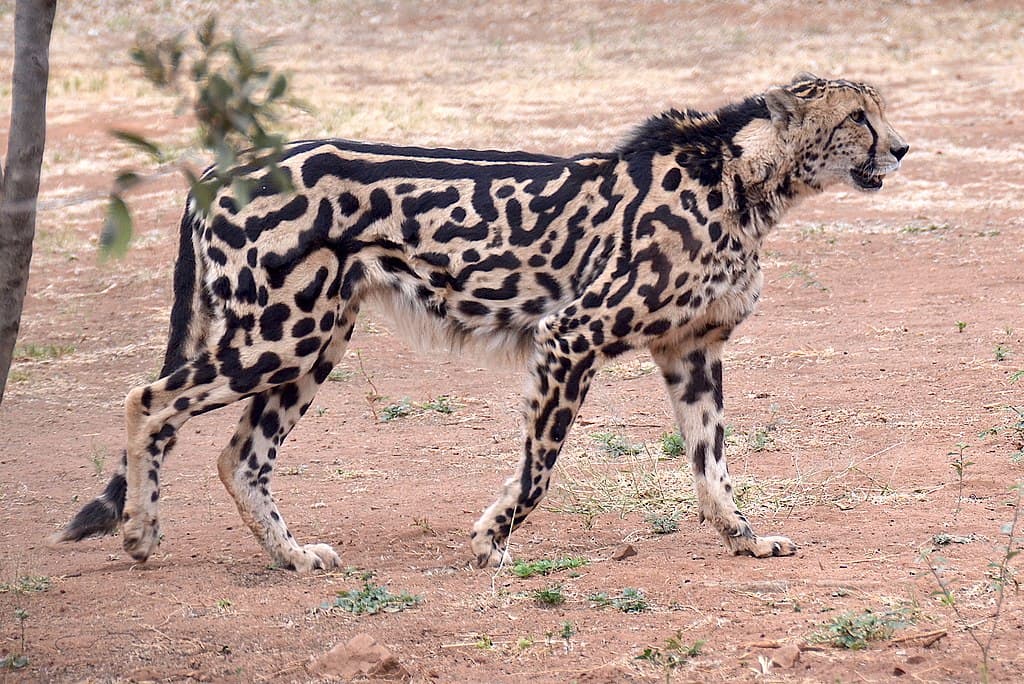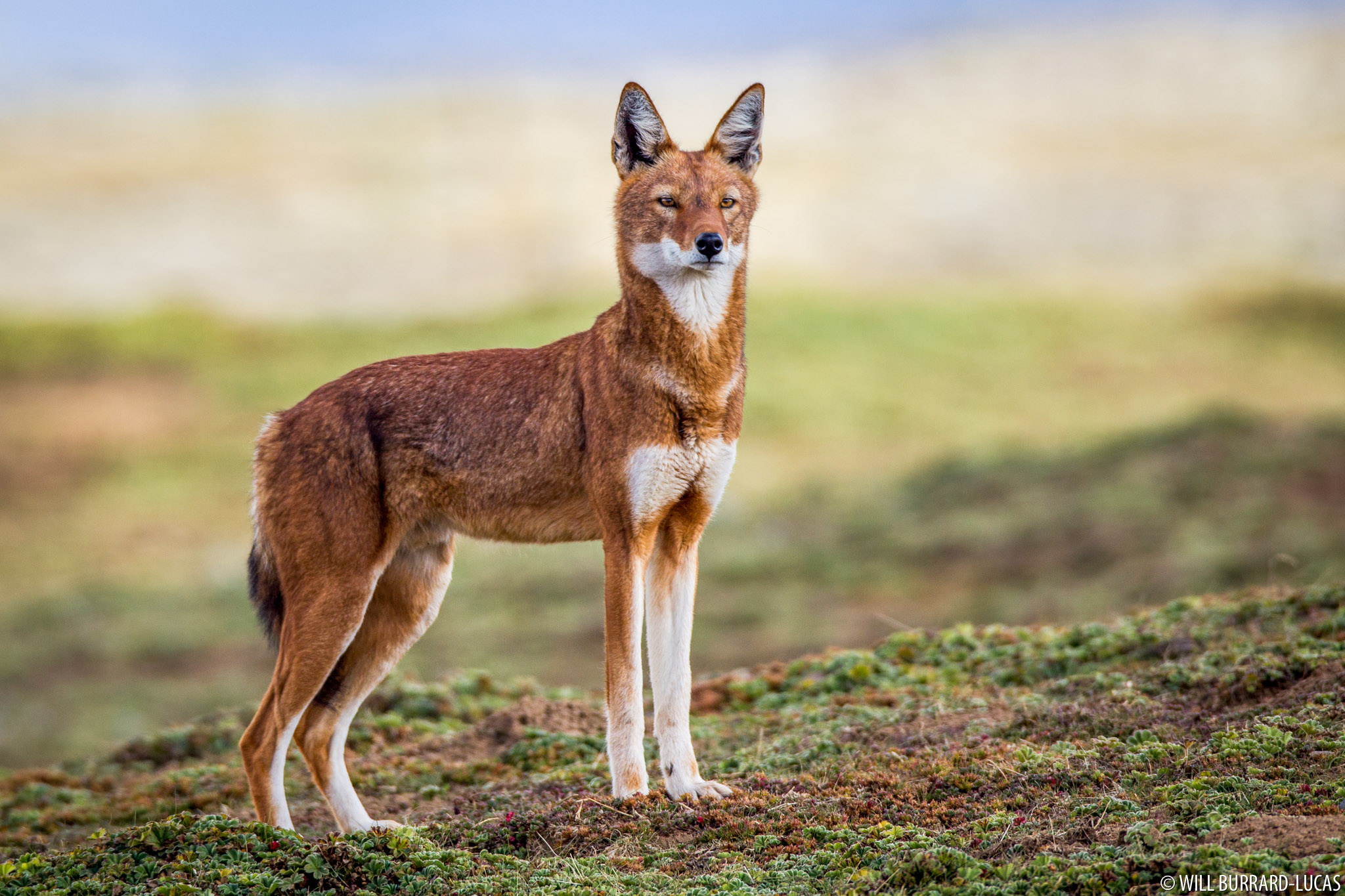
Hidden high in the misty mountains of Ethiopia lives one of the world’s most endangered and little-known predators: the Ethiopian wolf. Slender, fiery red, and uniquely adapted to life above the clouds, this incredible animal is the only wolf species found in Africa, and it’s hanging on by a thread.
Let’s explore the fascinating world of the Ethiopian wolf and why it desperately needs our attention.
Meet the Ethiopian Wolf
Scientific name: Canis simensis
Also known as: Simien jackal, red jackal, Abyssinian wolf
Habitat: Bale Mountains, Simien Mountains, and other high-altitude Ethiopian plateaus above 10,000 feet (3,000 meters)
Despite being called a jackal or mistaken for a fox due to its reddish coat and delicate build, the Ethiopian wolf is indeed a true wolf, more closely related to the gray wolf and coyotes than to jackals.
Life on the Roof of Africa
The Ethiopian wolf is a high-altitude specialist, found only in a handful of isolated mountain regions. These alpine meadows, known as Afroalpine ecosystems, are harsh and windswept but teeming with one thing Ethiopian wolves love: giant mole rats and other rodents.
Their long, narrow snouts and tall, slender legs are perfect tools for stalking and pouncing on these burrowing prey. Unlike other wolves, Ethiopian wolves are solitary hunters, though they live in close-knit family packs.
Social but Specialized
Ethiopian wolves live in cooperative packs of 3 to 13 animals, usually family units led by a dominant female. While they hunt alone during the day, they regroup to rest, groom, and defend their territory as a team. Their vocalizations include high-pitched yips and howls that help coordinate the group and signal warnings.
This blend of solitary hunting and social living makes them quite unique among canids.
Endangered and Isolated
Here’s the heartbreaking part: there are fewer than 500 Ethiopian wolves left in the wild. They are one of the world’s rarest and most endangered carnivores.
Why are they disappearing?
- Habitat loss: Expanding agriculture and human settlement are fragmenting their mountain homes.
- Diseases: Rabies and canine distemper, often transmitted by domestic dogs, are devastating to wolf populations.
- Genetic isolation: With each mountain population cut off from the others, inbreeding is becoming a serious concern.
Conservation Efforts
Organizations like the Ethiopian Wolf Conservation Programme (EWCP) are working hard to protect these wolves by:
- Vaccinating local dogs against rabies and distemper
- Monitoring wolf populations
- Educating local communities
- Promoting sustainable land use to protect wolf habitats
These efforts are helping, but long-term survival will require continued collaboration between conservationists, scientists, and the people of Ethiopia.
Why They Matter
Beyond their sheer rarity, Ethiopian wolves are a symbol of the fragile beauty of the Afroalpine ecosystem. They are apex predators, helping keep rodent populations in balance. Their loss would ripple through the entire ecosystem.
Saving the Ethiopian wolf isn’t just about one species – it’s about preserving a whole mountaintop world that exists nowhere else on Earth.
Final Howl
The Ethiopian wolf is a reminder that even in the most remote corners of the world, life is hanging in delicate balance. These fiery-coated hunters of the highlands are too rare, too beautiful, and too important to lose.
Let’s raise awareness for Africa’s rarest wolf and ensure that the howl of Canis simensis continues to echo through the mountains.
Want to help?
Support conservation efforts through groups like EWCP or simply share the story of the Ethiopian wolf with others. Awareness is the first step to protection.
More photos below ↓
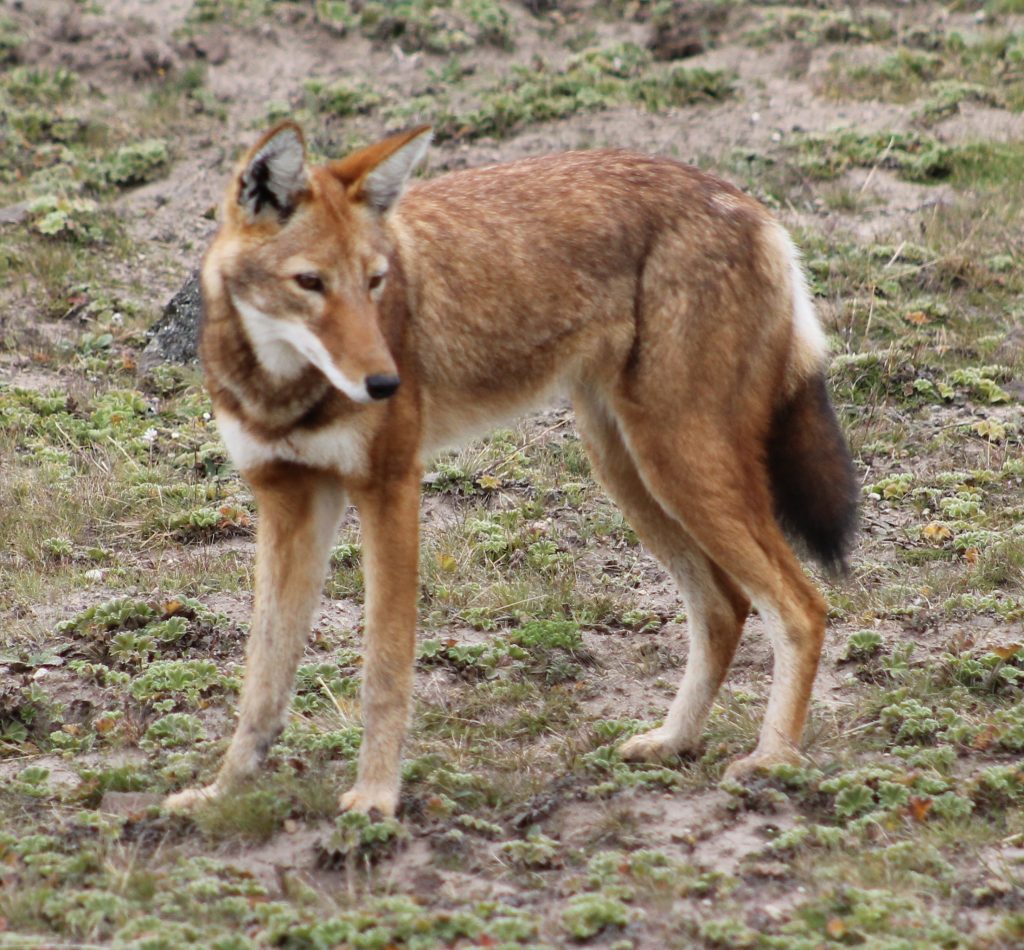
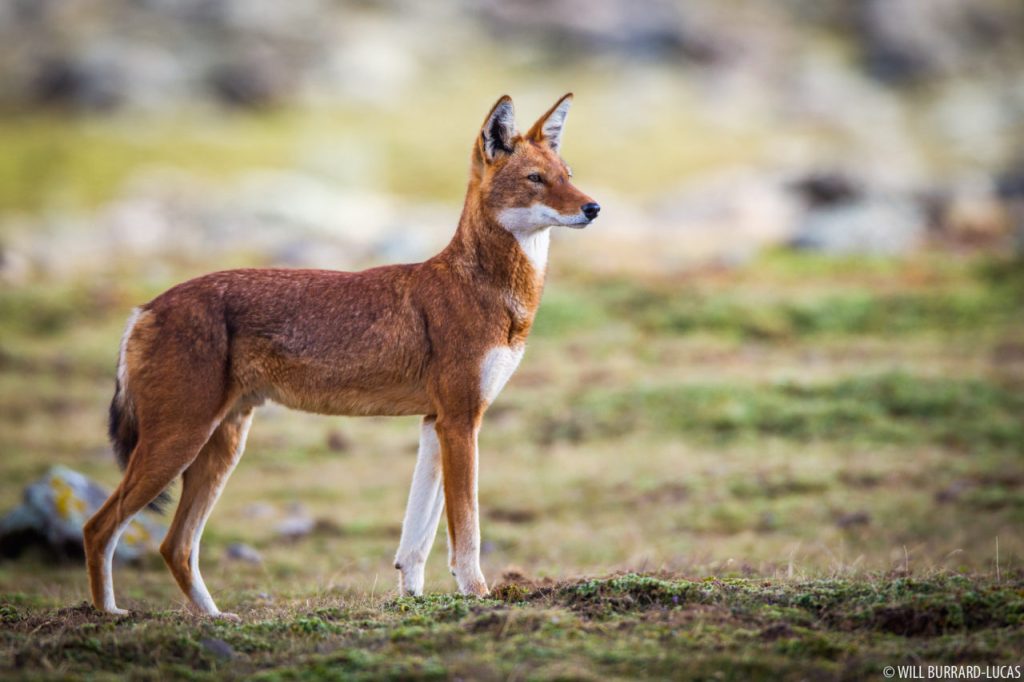
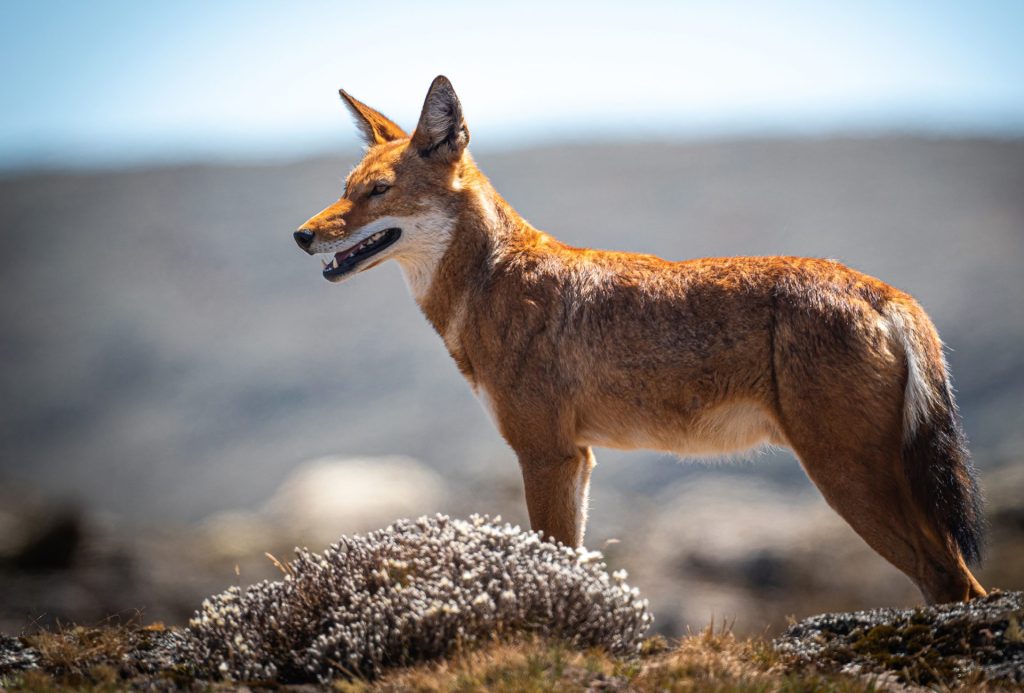
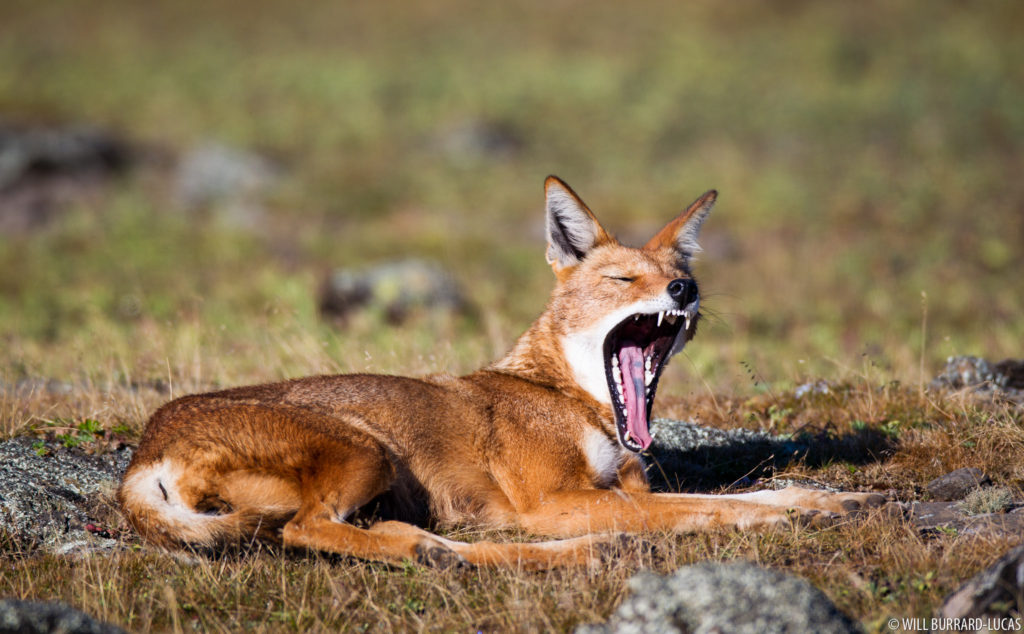
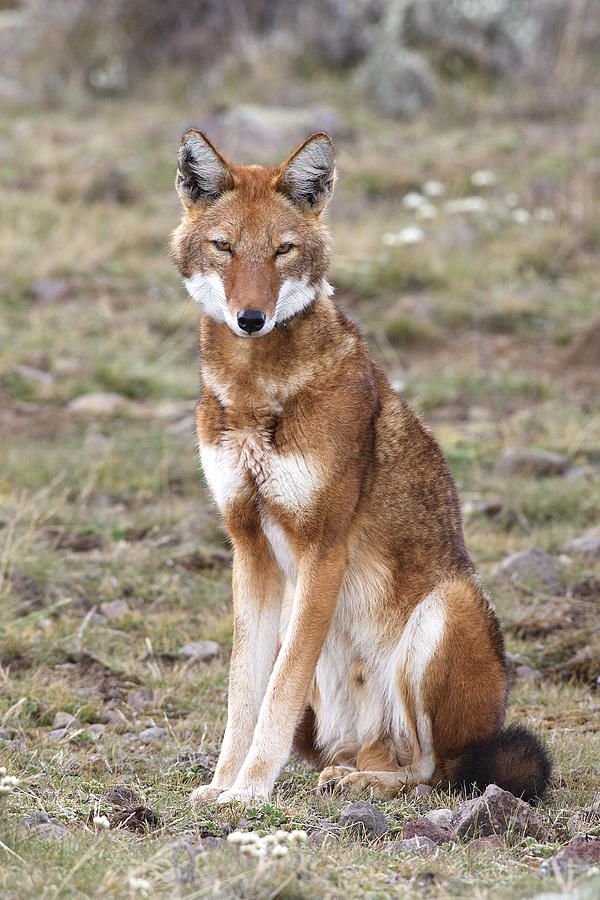
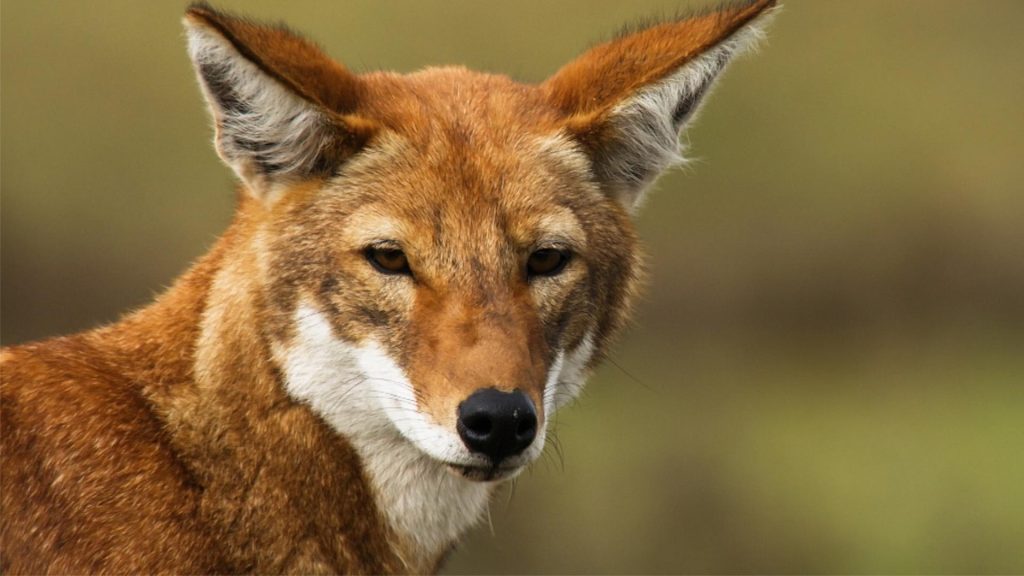
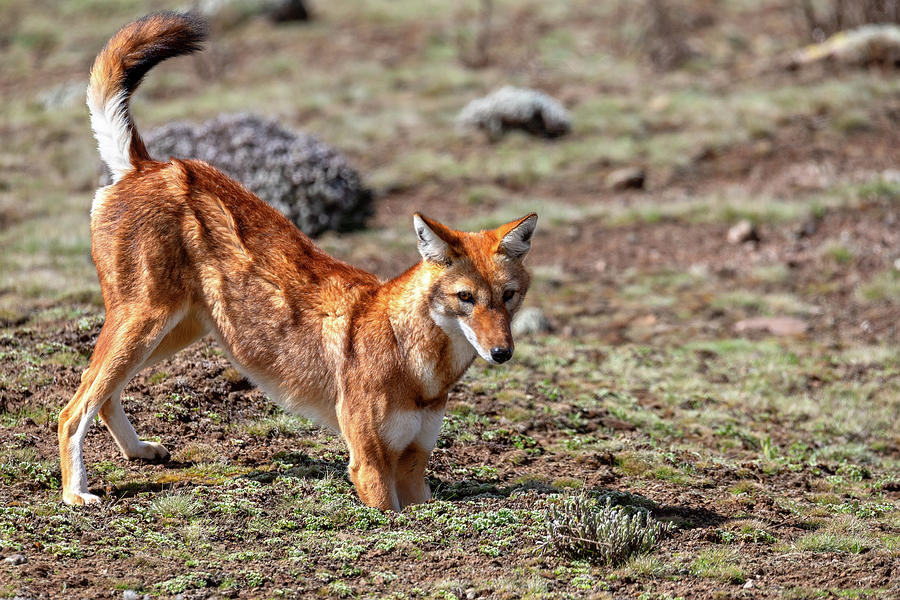
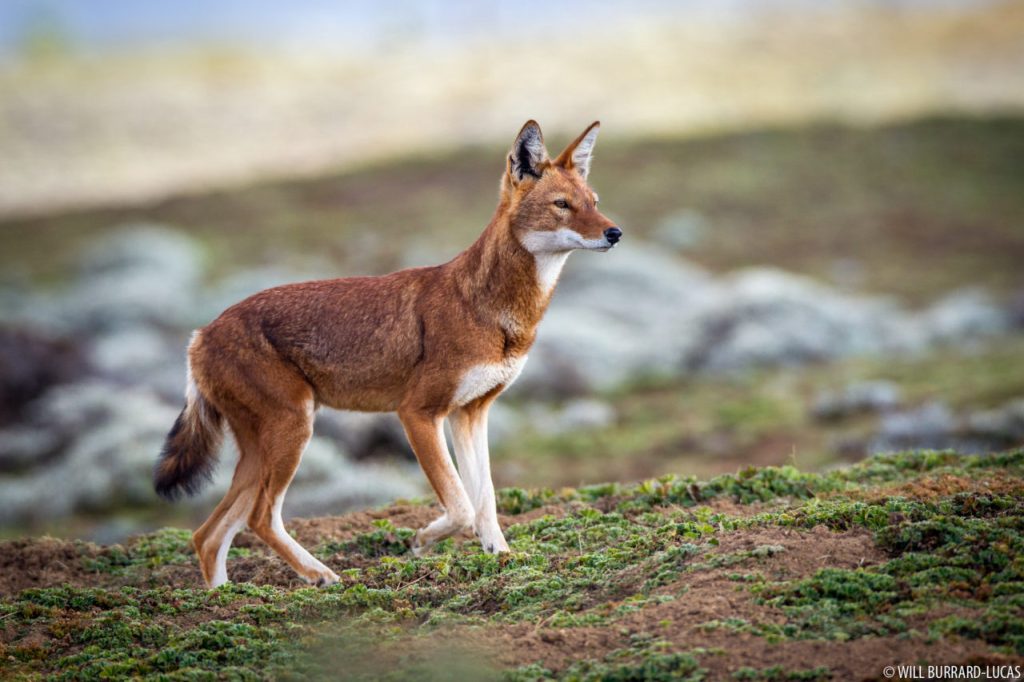
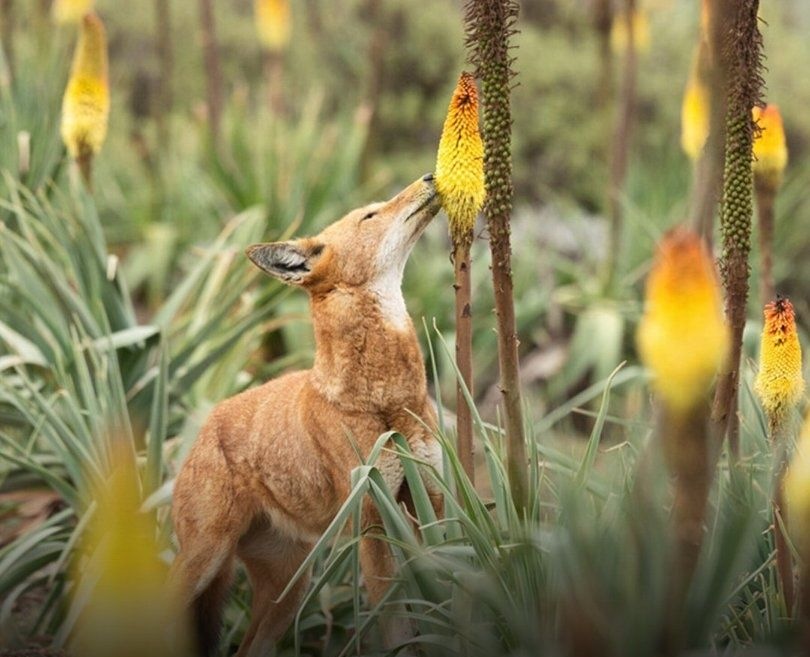
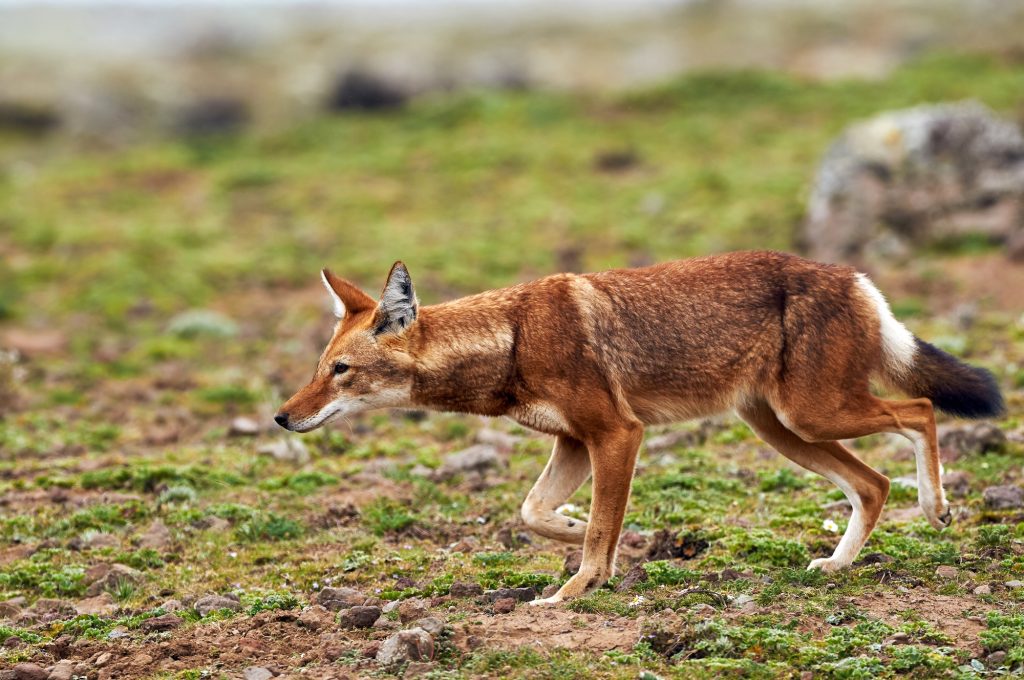
Disclaimer: This blog post is for edutainment purposes only and may not be entirely accurate.

